DIY Market Growth
The growth of the DIY market is significantly influencing the Wood Preservative Coating Market. As more individuals engage in home improvement projects, the demand for user-friendly wood coatings has surged. This trend is particularly evident in the residential sector, where homeowners seek to enhance the longevity and appearance of wooden structures and furniture. Market Research Future suggests that the DIY segment is expanding, with a projected increase in sales of wood preservatives tailored for non-professional users. Retailers are responding by offering a wider range of products, including easy-to-apply coatings and comprehensive guides for application. This shift not only boosts sales but also encourages consumers to invest in quality wood preservation solutions. As the DIY culture continues to thrive, it is likely to drive sustained growth in the Wood Preservative Coating Market, creating opportunities for manufacturers to cater to this evolving consumer base.
Sustainability Focus
The increasing emphasis on sustainability is a pivotal driver for the Wood Preservative Coating Market. Consumers and manufacturers alike are gravitating towards eco-friendly products that minimize environmental impact. This trend is reflected in the rising demand for water-based and low-VOC coatings, which are perceived as safer alternatives to traditional solvent-based options. As regulations tighten around chemical emissions, companies are innovating to develop sustainable formulations that meet these standards. The market for wood preservatives is projected to grow, with estimates suggesting a compound annual growth rate of around 5% over the next few years. This growth is likely fueled by the construction and furniture sectors, which are increasingly adopting sustainable practices. Thus, the sustainability focus not only enhances product appeal but also aligns with broader environmental goals, driving the Wood Preservative Coating Market forward.
Regulatory Compliance
Regulatory compliance is a significant driver for the Wood Preservative Coating Market. Governments worldwide are implementing stringent regulations regarding the use of hazardous chemicals in coatings, prompting manufacturers to reformulate their products. Compliance with these regulations is essential for market access and consumer safety. As a result, there is a growing demand for compliant wood preservatives that meet safety standards while maintaining performance. This shift is particularly relevant in regions with strict environmental laws, where non-compliance can lead to substantial penalties. Market data indicates that the demand for compliant products is on the rise, as consumers become more aware of the implications of chemical exposure. Consequently, manufacturers are investing in research and development to create innovative formulations that align with regulatory requirements, thereby driving growth in the Wood Preservative Coating Market.
Technological Advancements
Technological advancements play a crucial role in shaping the Wood Preservative Coating Market. Innovations in formulation chemistry and application techniques have led to the development of more effective and durable wood coatings. For instance, the introduction of nanotechnology in coatings has improved their performance, offering enhanced protection against moisture, UV rays, and pests. This has resulted in longer-lasting finishes that require less frequent reapplication, appealing to both consumers and manufacturers. Furthermore, advancements in application methods, such as spray and brush-on technologies, have streamlined the coating process, reducing labor costs and time. Market data indicates that the adoption of these technologies is expected to increase, with a notable rise in the use of automated application systems in industrial settings. Consequently, technological advancements are likely to propel the Wood Preservative Coating Market, fostering innovation and efficiency.
Rising Construction Activities
Rising construction activities are a key driver for the Wood Preservative Coating Market. As urbanization accelerates and infrastructure projects expand, the demand for wood products in construction is increasing. Wood is favored for its aesthetic appeal and versatility, making it a popular choice for both residential and commercial buildings. This trend is reflected in the growing need for effective wood preservation solutions to protect against decay, insects, and environmental factors. Market forecasts suggest that the construction sector will continue to expand, with a projected increase in wood usage. Consequently, the demand for wood preservatives is expected to rise in tandem, as builders and contractors seek reliable coatings to ensure the longevity of wooden structures. Thus, the surge in construction activities is likely to bolster the Wood Preservative Coating Market, creating a favorable environment for growth.





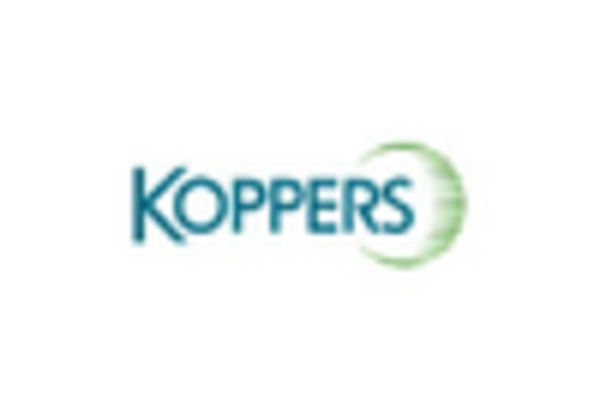
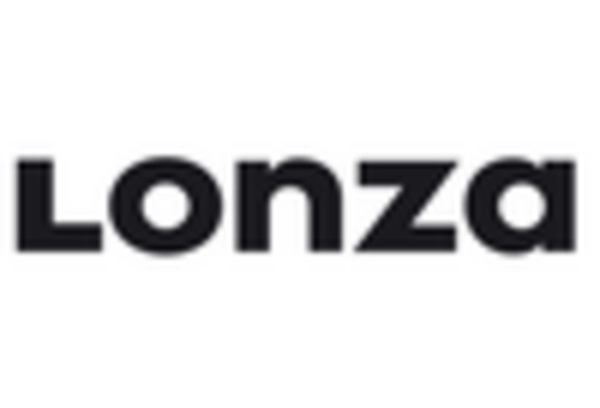
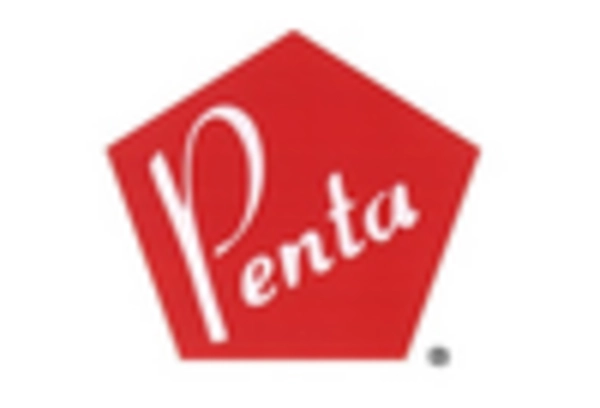
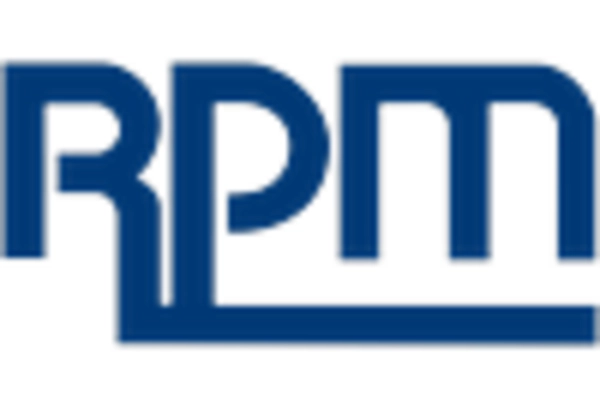
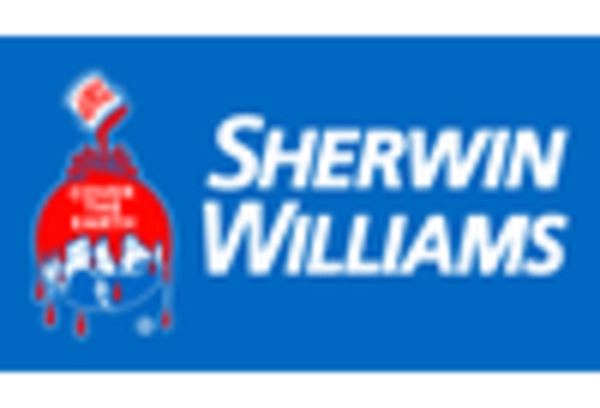








Leave a Comment